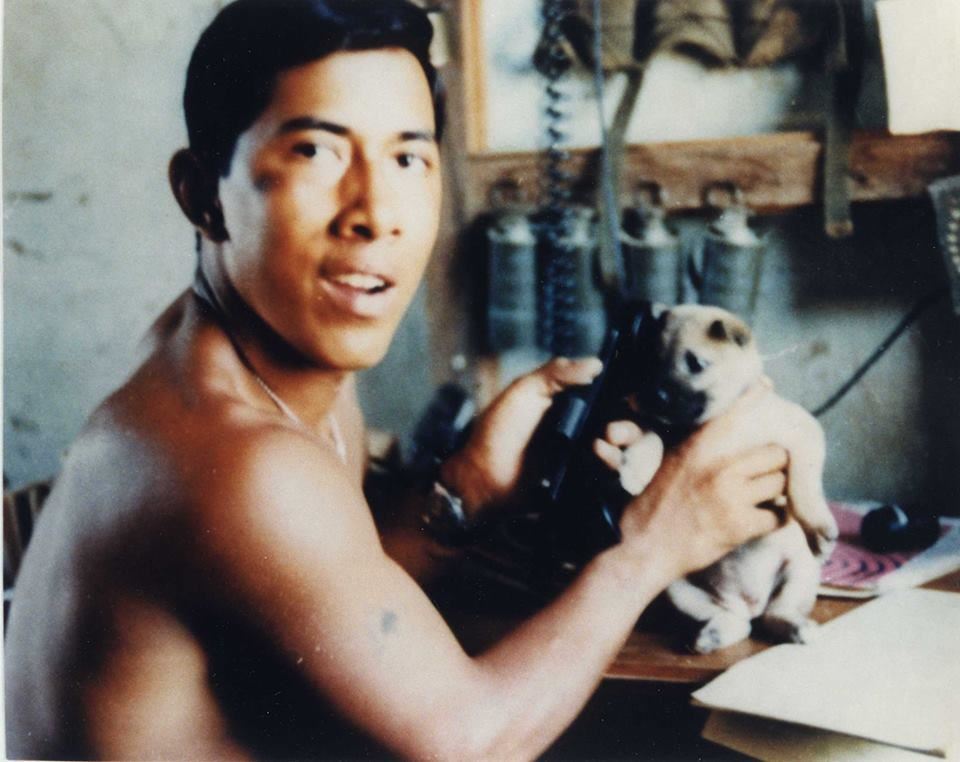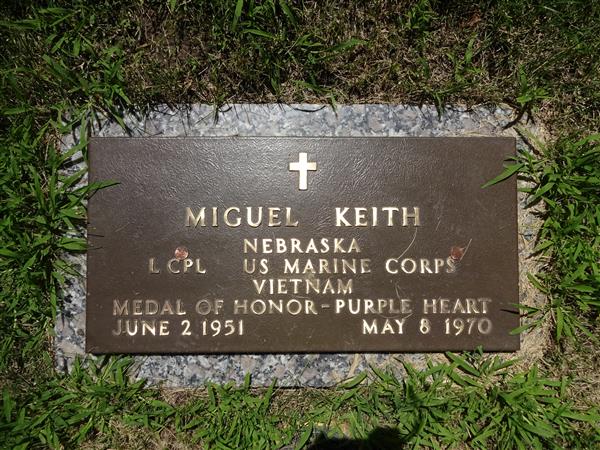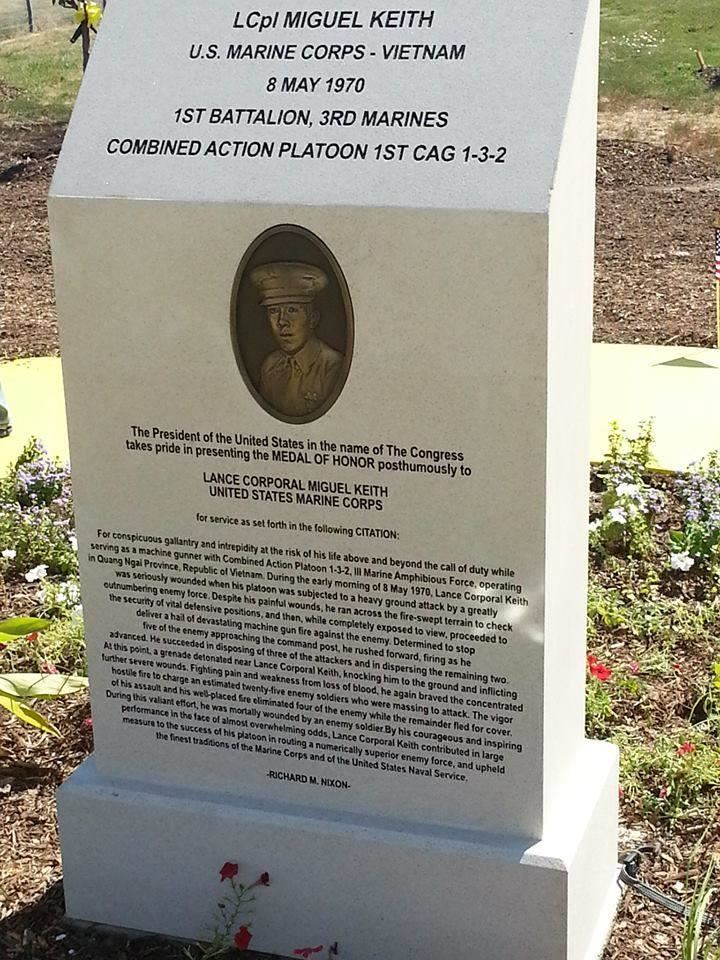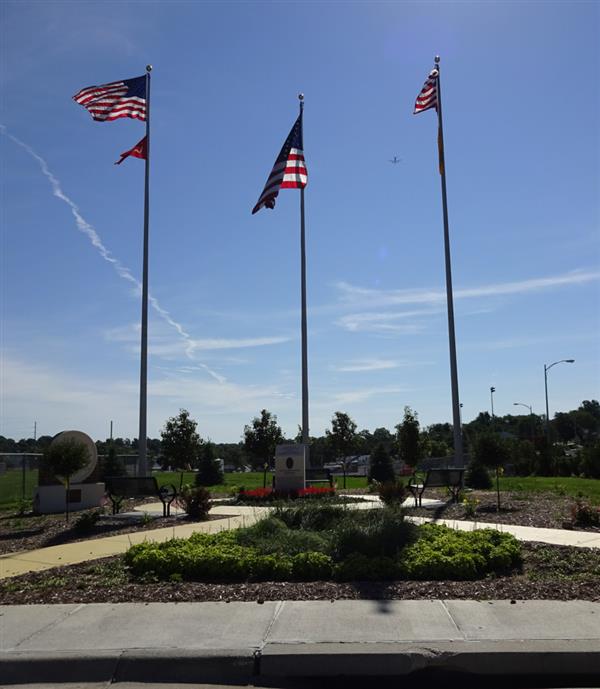Making Invisible Histories Visible
Page Navigation
- Making Invisible Histories Visible
- Lesson Plans and Resources
- iBooks on Omaha and Nebraska History for Primary Students
- Omaha Mapping Projects
-
African American Histories
- African American Artists
- African American Athletes & Facilities
- African American Churches
- African American Civil Rights Organizations - 1950s-1960s
- African American Civil Rights
- African American Contributions to Jazz, Gospel, Hip-Hop
- African American Dramatic Arts
- African American Education - Dorothy Eure & Lerlean Johnson
- African American Educators & Education
- African American Firefighters
- African American Homesteaders
- African American Law Enforcement
- African American Migration to Omaha
- African American Musicians of Omaha
- African American Newspapers
- African American Owned Businesses
- African American Politicians
- African American Social Life
- African American Workers at Omaha's Railroads & Stockyards
- African American Workers at the Naval Ammunition Depot in Hastings
- African Americans in the Civil War
- African Americans in Vietnam
- Charles B. Washington - Journalist and Civil Rights Leader
- Elizabeth Davis Pittman - Lawyer/Judge
- Green Book Omaha
- Marlin Briscoe - Professional Football Player
- Native Omaha Days
- Nebraska's Role in the Underground Railroad
- Sen. Edward Danner - Politician & Civil Rights Activist
- Sudanese Refugees
- Tuskegee Airmen
- European and Asian Immigrant Histories
-
Historic Neighborhoods & Buildings
- 24th and Binney/Wirt/Spencer Streets
- 24th and Lake Streets
- Central Park Neighborhood - 42nd and Grand Avenue
- Dahlman Neighborhood - 10th and Hickory Streets
- Hartman Addition Neighborhood - 16th and Williams Streets
- Indian Hills/Southside Terrace Neighborhood - 30th and Q Streets
- Jefferson Square Neighborhood - 16th and Chicago Streets
- Long Neighborhood - 24th and Clark Streets
- Orchard Hill Neighborhood - 40th and Hamilton Streets
- Smithfield Neighborhood - 24th and Ames Avenue
- St. Mary's Neighborhood - 30th and Q Streets
- Latino Histories
- Music Histories
-
Native American Histories
- Black Elk and John G. Niehardt
- Chief Standing Bear and Susette La Flesche Tibbles
- Dr. Susan LaFlesche Picotte - Native American Doctor
- Native American Education and Boarding Schools
- Native Americans in the Military
- Pre-statehood Interaction of Native Americans and Europeans
- Preserving Native American Tradition
- Restoring the Ponca Tribe
- The American Indian Movement in the 1960s and 1970s
- The Indian Congress at the 1898 Trans-Mississippi Exposition
- The Omaha Native American Indian Tribe
- OPS Elementary School History
- Redlining in Omaha
- Nebraska's Role in the Underground Railroad
- The 1898 Trans-Mississippi Exposition
Miguel Hernandez Keith - Latino Vietnam War Hero
-
How did the war and anti-war movement divide Latino/as, and how did their experiences with regard to the Vietnam War vary?
Miguel Hernandez Keith
-

Image courtesy of Mary Easley and the Keith family.
What is a war hero? A war hero is someone who is willing to sacrifice a great deal for what they believe in. A war hero is willing to risk his or her own life in order to save fellow soldiers.
Miguel Keith is one of Omaha's paramount war heroes and one of our three citizens who has received the highest possible military award, the Medal of Honor. He was a strong individual with a strong will who fought for what he believed in. Described by those that knew him as "little but mighty," he was also known as a loyal friend. Choosing to enlist even before he had graduated from high school, Keith left for Vietnam in November of 1969. There he served as an infantryman in the III Marine Amphibious Force, conducting dangerous patrols in the jungles and villages of Quang Ngai province. In May of 1970, he made the ultimate sacrifice while protecting his platoon from a Viet Cong ambush.
The Vietnam War (1963 - 75) was the longest war in United States history prior to the War in Afghanistan. It was also the first war in U.S. history that America did not definitively win. As a part of the larger Cold War, the American public feared a "domino effect" that might spread communism across Southeast Asia. However, the Tet Offensive in January of 1968 had a large part in turning public opinion against the war. With the nation polarized, a military stalemate persisted into the early 1970s before the eventual Fall of Saigon. Almost 60,000 Americans were killed in action. There were 257 Medals of Honor Awarded, most of them posthumously.
Video: A 2015 interview with Mary Easley. She and her husband, John, were good friends of Miquel. Also, an interview with Rebecca Barrientos-Patlan, project coordinator of the Miquel Hernandez Park in the former Industrial Park near 30th and Y streets. Also interviewed for the project and quoted is Jose Garcia.
Miguel's Tombstone
-
Miguel Hernandez Keith was born in San Antonio, Texas in 1951 and moved to Nebraska around the age of 16. He attended North High School, where he met his best friend John Easley. Easley, who was too young to serve at the time, dedicated himself to keeping the memory of Keith’s life and sacrifice. Easley's widow, Mary, currently serves as the caretaker of Keith’s medals before they are transferred to the Marine Corps Museum in Quantico, Virginia.
Miguel Keith – who everyone called Mike – liked to play football, roller-skate, and dance. Keith aspired to follow in his stepfather’s footsteps and enlist in the Marine Corps. He left high school and enlisted in the Marine Reserves. He transferred to the Marine Corps in 1969, shortly after the Tet Offensive. He attained the rank of Lance Corporal one month before he was killed in action on May 8, 1970.
(Photo courtesy of Forest Lawn Cemetery)

Memorializing Miguel Keith
-
The monument memorializes Miguel Keith, who received the Medal of Honor after his death for heroism during the Vietnam War in May 1970. The Medal of Honor is the highest possible military award. Keith is the second Hispanic Medal of Honor winner from Omaha; the first was Eddie “Babe” Gomez, who died in the Korean War. Many other Hispanic soldiers also served in Korea and Vietnam.
In the early morning of May 8, 1970, an outnumbered enemy wounded Miguel Keith. Even though he was badly hurt and exposed to enemy fire, he continued to check the security of vital defensive positions and was determined to stop five of the enemy soldiers that approached. He was able to hit three while two others ran for cover. At that point, he had been knocked to the ground with more wounds due to a grenade that detonated near him. Still severely hurt, he courageously continued to run and fire towards an estimated 25 enemy soldiers. He was able to eliminate four enemy soldiers while the others ran for cover. This courageous act of bravery and self-sacrifice was able to turn the odds for his platoon.
(Photo Courtesy of Miguel Hernandez-Keith Park)

Commemorating A Hispanic Hero
-
The Miguel Hernandez Keith Park at 30 and Y streets memorializes Miguel Keith, a Vietnam War soldier who received the Medal of Honor posthumously. Despite growing up in North Omaha, this Latino hero’s park is located in South Omaha, the heart of the Hispanic community. The park, originally named Industrial Park, was renamed on Sept. 13, 1994. In July of 2013, a yellow ribbon sidewalk and a monument memorializing Keith’s heroism were installed. Later, the Marine Insignia from Freedom Park was relocated to Miguel Hernandez Keith Park after it was damaged in the Missouri River Floods of 2011. Future renovations to the park could include soccer fields, lit flagpoles, and a family picnic area. “With the monument there and the benches around the monument, I want people to sit and reflect on who Mike (Miguel) was,” Mary Easley said.
(Photo courtesy of Miguel Hernandez-Keith Park)

Additional Information
-
The years between 1968 and 1970 were some of the most cataclysmic in the history of the United States. The winter of 1968 brought with it the Tet Offensive and Walter Cronkite’s sobering declaration that the war was a stalemate. Few citizens were prepared to hear such a prognosis from America’s most trusted newsman. Even President Johnson—as legend has it—knew that losing Cronkite meant losing the American people.
Less than three months later, the country was once again blindsided when one of the war’s foremost critics, Martin Luther King Jr., was assassinated at his hotel in Memphis, Tennessee. The televisions switched abruptly from Vietnam to burning American cities such as Chicago and Newark. One of our interviewees, Jose Garcia, had only been back from his tour of duty for a day or two when his hometown of Kansas City erupted into flames, killing five people and injuring more than 20.
As Miguel “Mike” Keith began his last year at Omaha North High School, there was a quagmire abroad, chaos on the streets and college campuses, and families intensely divided over the war. There were protests in Omaha’s Memorial Park, sit-ins at Omaha University (now UNO), and thousands of Hispanic students walking out of classes in East Los Angeles and across the Southwest to protest the high proportion of Hispanic casualties and the lack of educational opportunities they had at home. Anxious to go to Vietnam, Miguel Keith began the last year of formal education that he would ever receive in the fall of 1968. He told his siblings that he did not like “the direction the country was going.” He did not like the things he saw on TV. According to his younger brother, Bobby, Mike was known to be disgusted with the anti-war movement. Yet, at the same time, many vets, only a year or two older than him, were becoming increasingly disgusted with the war. He was able to convince his mother to sign the necessary documents to allow him to volunteer at the age of 17. By the time he deployed in November of 1969, the war in Vietnam had already cost tens of thousands of American lives, but Miguel was anxious to prove himself—as his adopted father had—in the United States Marine Corps. He was also, by all accounts, tremendously loyal to the men of his platoon.
Our interviewee, Army engineer Jose Garcia, was one of the vets who returned headfirst into the America that Miguel Keith left behind. Rattled by the experience of King and Robert Kennedy’s deaths, he met with organizer Saul Alinsky and rubbed shoulders with the Brown Berets. Garcia knew about the overrepresentation of Latinos in Vietnam as well as the poverty and discrimination that many felt at home. He wanted to help bring the Chicano Movement to the Midwest in the hopes of encouraging a sense of self-determination for Mexican-Americans in places like Omaha and Kansas City, where Latinos were still almost totally politically ignored. The Chicano Movement and the anti-war movement grew hand in hand. Unsurprisingly, Mexican-Americans were deeply divided by both.
The experience of Mexican Americans in Vietnam is not merely one story. Though Hispanics are proportionately the most decorated ethnic group in the entire armed services, this remarkable fact has to be measured with the thought that many Hispanic servicemen serve for reasons of poverty, unique cultural pressures, or the desire to establish a place in the political and social fabric of the United States. Mexican-American veterans, despite their shared service, have a multiplicity of opinions. No two people who went to Vietnam ever had the same experience in the country, nor did they have the same experience when they came home, although far too many came home to silence and a nation that was all too eager to move on from Vietnam. Yet, as the inscription on the back of Miguel Keith’s monument says, “all gave some / some gave all.” We at MIHV would like to thank all the veterans of the Vietnam War and offer our hope that there might be some good in making Miguel “Mike” Keith’s name and legacy better known.
Our most heartfelt thanks go out to Dr. Thomas Sanchez, Jose Garcia, Rebecca Barrientos-Patlan, and “Nino” Franco with the American G.I. Forum. We would like to express our utmost gratitude to Mary Easley as well as to her husband John, whose remembrances and thoughts truly were the bridge between Mike’s extraordinary life and this present project.
2015 MIHV Project
Student Reflections
-
"This program has taught me a great deal about the Vietnam War. I also learned why both sides were fighting in the war. Most of all I learned that war is terrible."
- Isaac W.
"This program has been a great learning experience in which I have learned about one of Omaha's Medal of Honor recipients, Miguel Keith."- Misael G.
"During the program, I learned a lot about the history of my community. I also learned about Miguel Keith, a local hero who received the Medal of Honor after his death in the Vietnam War."- Janet G. S.
Research compiled by: Misael G., Isaac W., Janet G.

